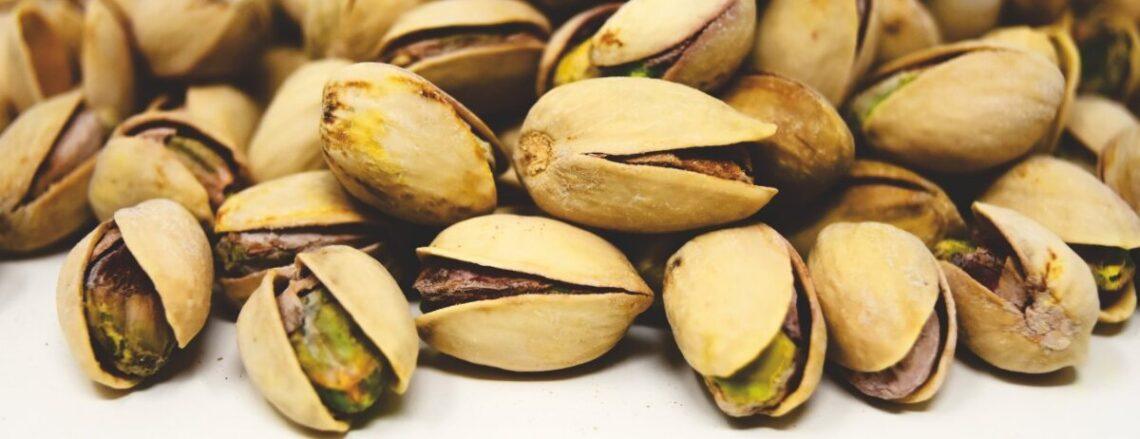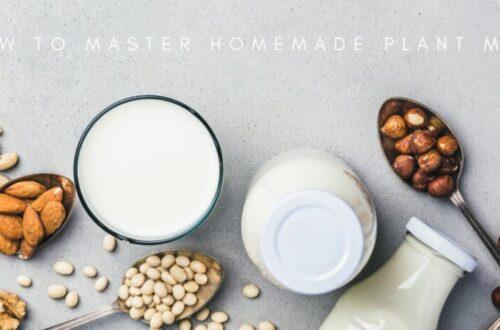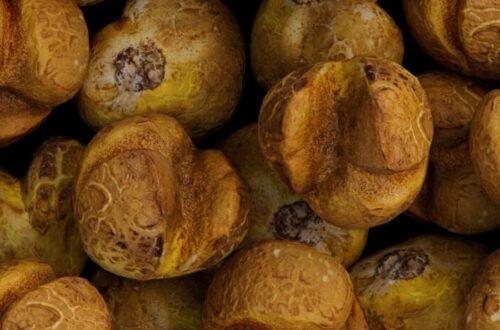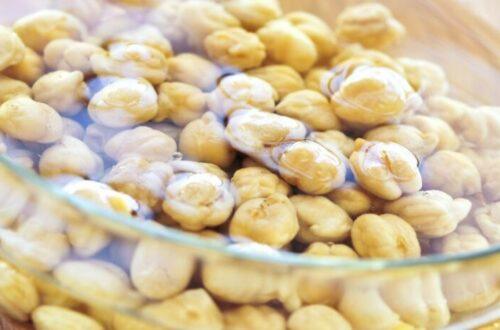
Is Pistachio Milk Good for Diabetes? Here’s What You Need to Know
What Most People Get Wrong About Diabetes (and Milk)
Pistachio milk often gets tossed into the “low sugar” pile—and just like that, it’s crowned “diabetes-friendly.” But blood sugar isn’t the real enemy here. And sugar? Not the bag guy.
The actual disruptor is fat.
When your cells are already packed with fat—often from a high-fat, high-protein diet—insulin can’t do its job. Glucose builds up in the bloodstream, not because you overdid the carbs, but because your cells are too full to open the door.
So instead of asking “Is pistachio milk low in sugar?”, the better question is:
Does this milk support metabolic clarity—or cloud it?
A Look Inside the Pour: What’s in Pistachio Milk
Homemade pistachio milk (made without added sugars or gums) brings a rich profile:
- Monounsaturated fats for heart and hormone support
- Some plant-based protein
- Naturally occurring potassium, magnesium, and B6
- Mild sweetness, even without dates
It’s not a low-fat pour—but it is minimally inflammatory when made well and consumed with intention.
If you’re just getting started, you might enjoy this 3-ingredient base recipe for pistachio milk with skin and sleep benefits—a nourishing way to explore this milk’s full-body potential.
So… Is It “Good” for Diabetes?
That depends on how you use it—and how much space you’re giving fats overall.
Pistachio milk might be a good fit if:
- You enjoy it in smaller pours (think: ½ cup to 1 cup)
- It’s paired with fiber, not fat (chia pudding, greens, or berries)
- It’s part of a whole-food, plant-focused day—not layered on top of heavy meals
- You’re tuned into your body’s unique response
It’s less ideal when:
- Used like a beverage instead of a flavor enhancer
- Combined with multiple other fat-heavy ingredients
- Assumed to be “safe” just because it isn’t sweet
Still unsure about how your body handles nut milks in general? It’s broken down here—whether soaking plays a role and when it might be worth the extra step for easier digestion.
Better Practices for a Smarter Pour
- Make it yourself—always. Store-bought blends often sneak in oils and fillers.
- Use it to complement—not dominate—your meals.
- Combine it with movement: a walk post-meal improves glucose uptake.
- Track your own trends: one person’s balance is another person’s spike.
Smooth Pour, No Guesswork
If you want silky pistachio milk without the guesswork (and without babysitting a blender), the Nama M1 nut milk maker handles it beautifully. It cold-presses every nut and seed with zero heat, keeping flavor intact and nutrients alive—no soaking required, no nut bag circus, no pulp drama.
More importantly? It does it in a way that actually respects your time and your digestion.
Use Discount Code PLANTPOWER to save on the incredible Nama M1 nut milk maker and top-tier juicers.
The Pour-Back
Pistachio milk isn’t a green light or a red flag. It’s a decision—and context matters.
If you’re navigating diabetes or insulin resistance, the path to clarity doesn’t start with cutting carbs. It starts by reducing fat-heavy, fiber-free foods—especially from animal products, which can be nutrient-rich but come packaged with inflammatory fats and zero fiber. That combination is what gums up the metabolic system.
By shifting toward whole plant foods—including thoughtfully made nut milks—you support your gut, your cells, and your body’s ability to respond to insulin.
And if you’re looking to use every bit of your blend, even the pulp has a role. These pistachio pulp energy balls are a no-waste, gut-smart snack that keeps your blood sugar steady and your pour purposeful.
Pour consciously. Eat with clarity. And always look at the bigger picture—not just what’s in your glass.




